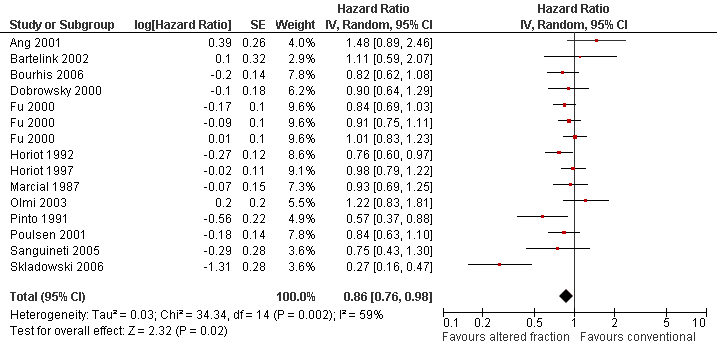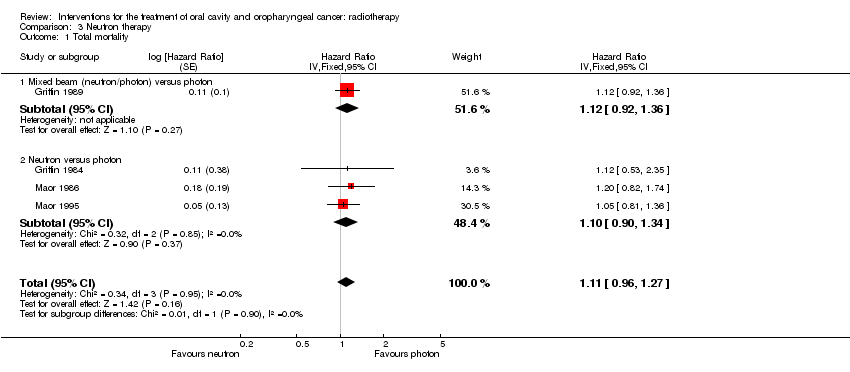Contenido relacionado
Revisiones y protocolos relacionados
Kelvin KW Chan, Anne‐Marie Glenny, Jo C Weldon, Susan Furness, Helen V Worthington, Helen Wakeford | 1 diciembre 2015
Helen V Worthington, Vishal M Bulsara, Anne-Marie Glenny, Janet E Clarkson, David I Conway, Michaelina Macluskey | 31 agosto 2023
Paul Brocklehurst, Omar Kujan, Lucy O'Malley, Graham R Ogden, Simon Shepherd, Anne-Marie Glenny | 19 noviembre 2013
Jan E Clarkson, Helen V Worthington, Susan Furness, Martin McCabe, Tasneem Khalid, Stefan Meyer | 4 agosto 2010
Ambika Parmar, Michaelina Macluskey, Niall Mc Goldrick, David I Conway, Anne-Marie Glenny, Janet E Clarkson, Helen V Worthington, Kelvin KW Chan | 20 diciembre 2021
Philip Riley, Anne‐Marie Glenny, Helen V Worthington, Anne Littlewood, Jan E Clarkson, Martin G McCabe | 23 diciembre 2015
Janet E Clarkson, Helen V Worthington, Tim OB Eden | 24 enero 2007
Mohamed El‐Rabbanya, Michael Duchnaya, Hamid Reza Raziee, Maria Zych, Howard Tenenbaum, Prakeshkumar S Shah, Amir Azarpazhooh | 20 noviembre 2019
Marco Esposito, Helen V Worthington | 1 octubre 2013
Paul Coulthard, Evgeny Kushnerev, Julian M Yates, Tanya Walsh, Neil Patel, Edmund Bailey, Tara F Renton | 16 abril 2014












